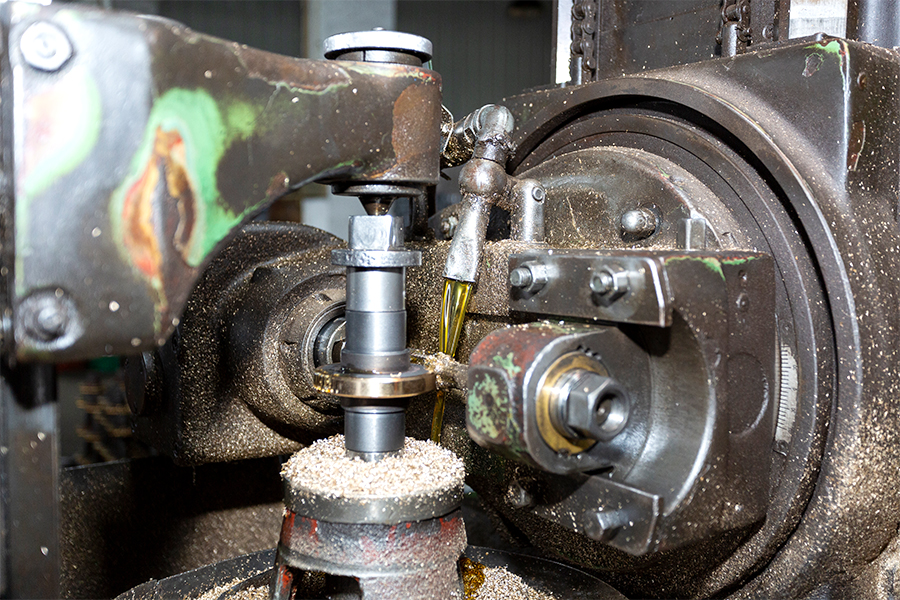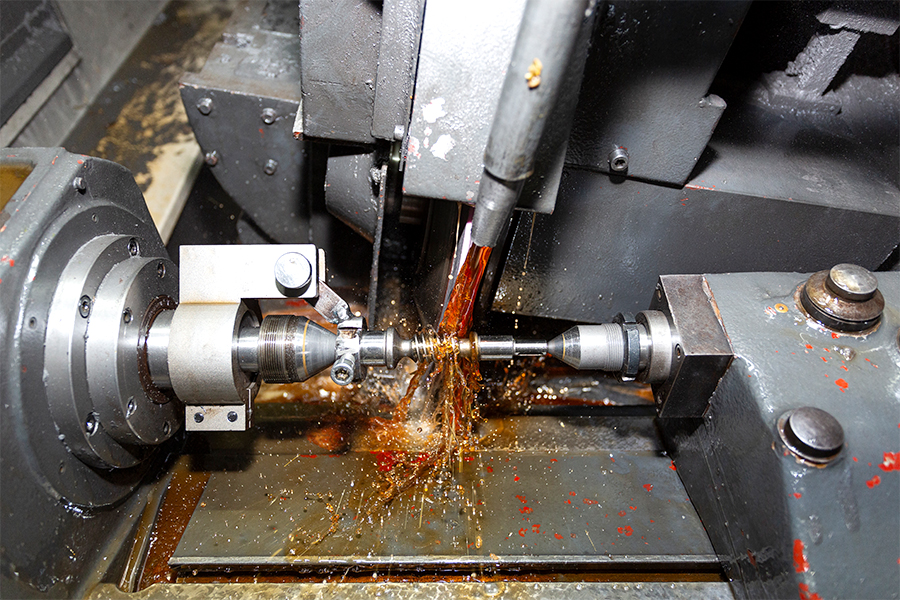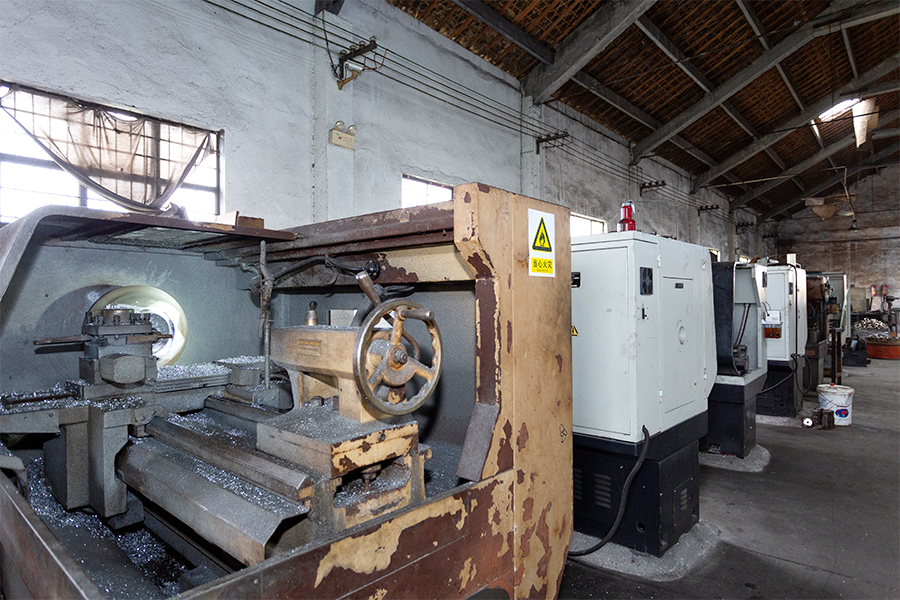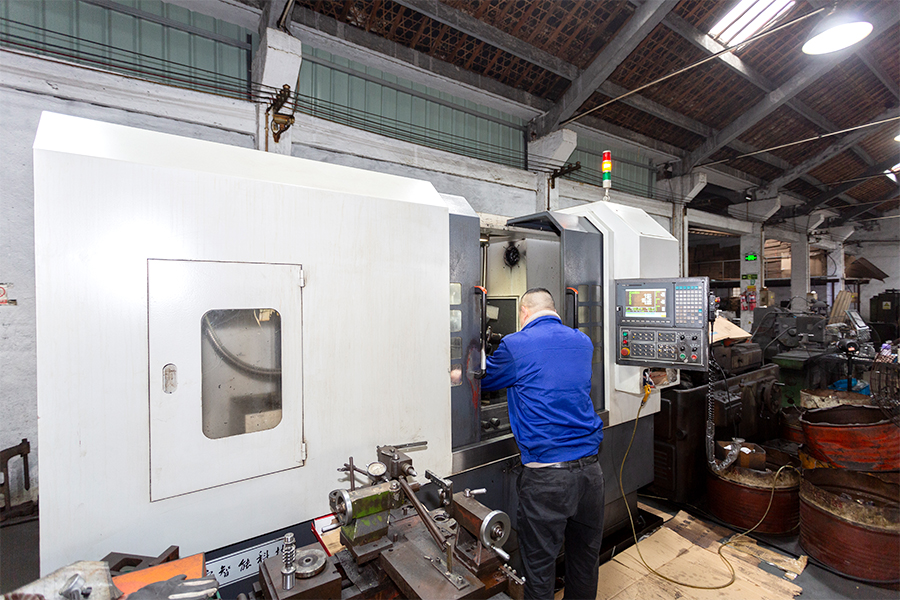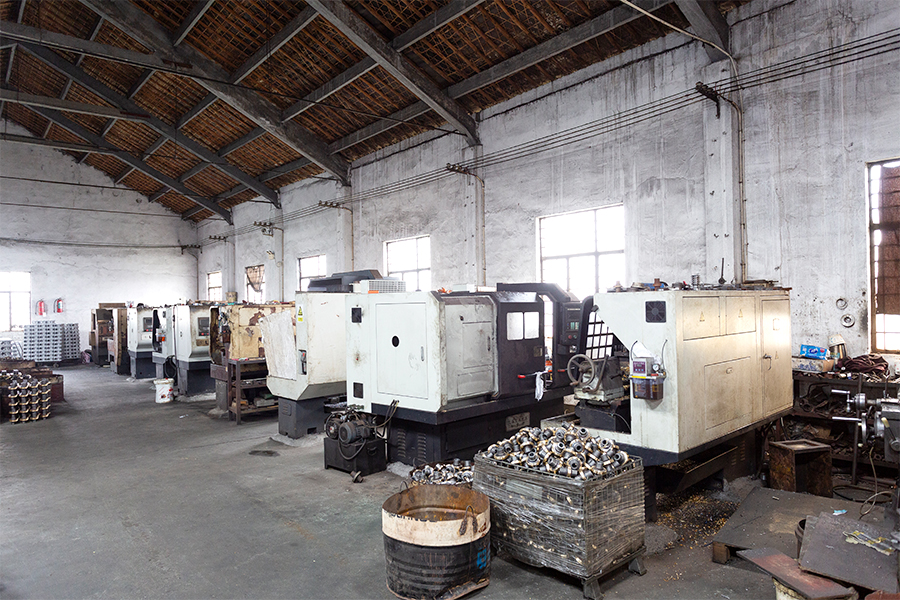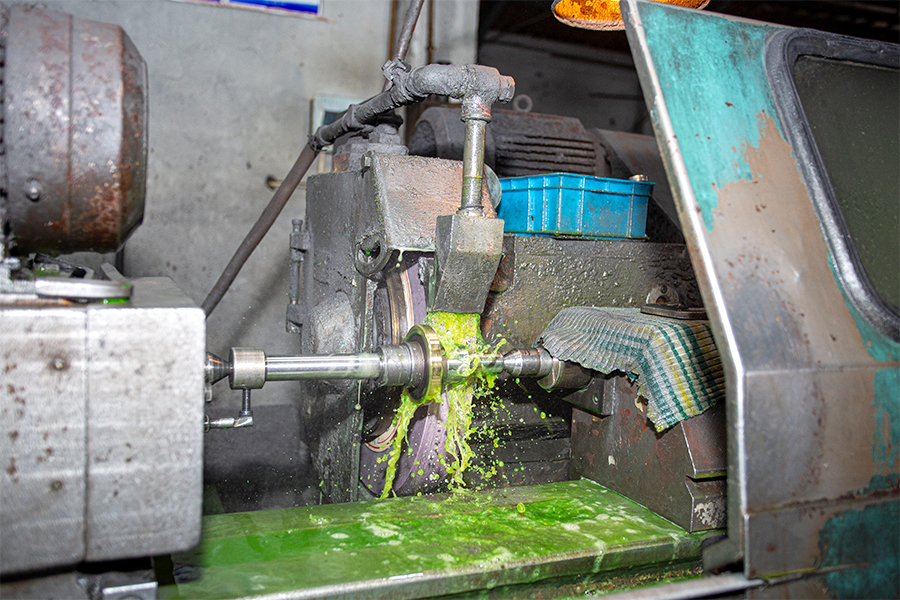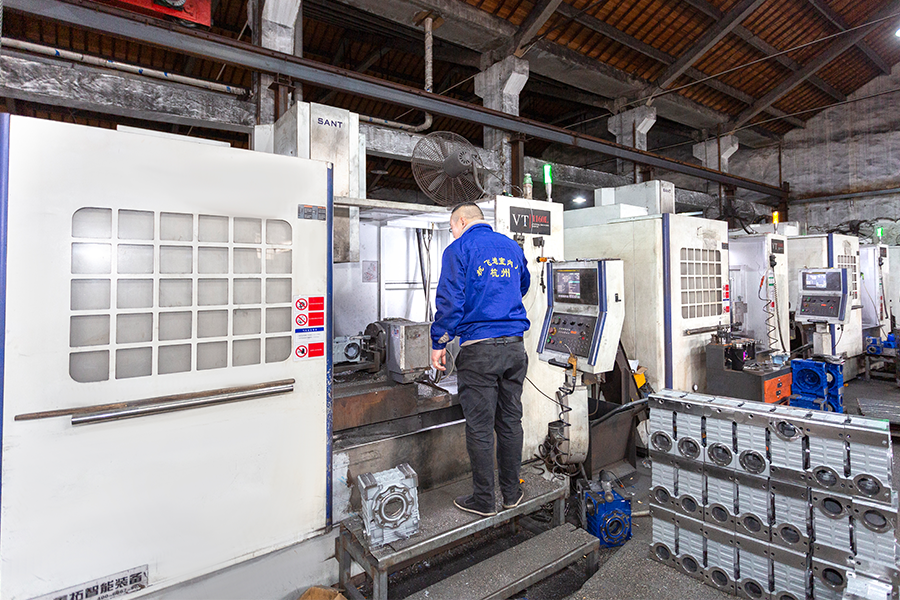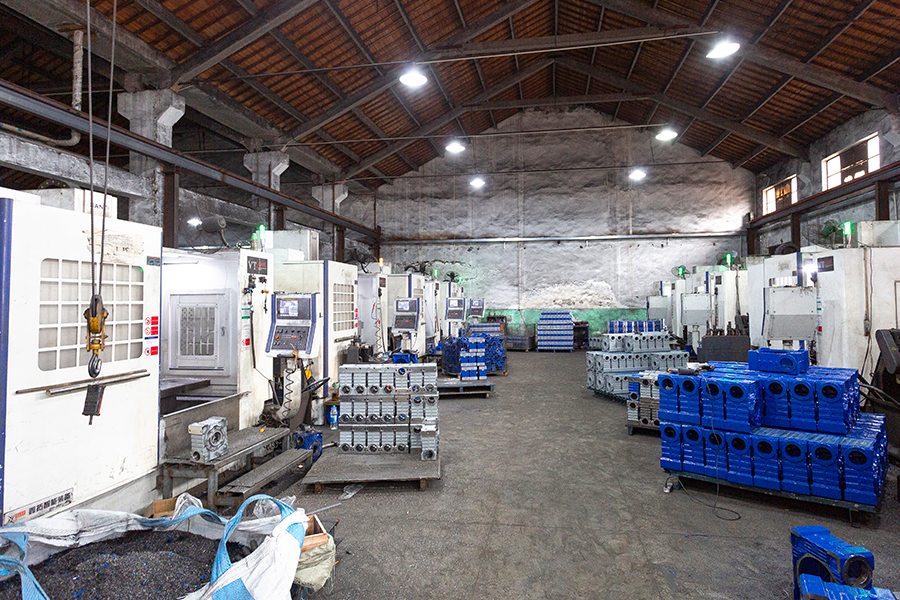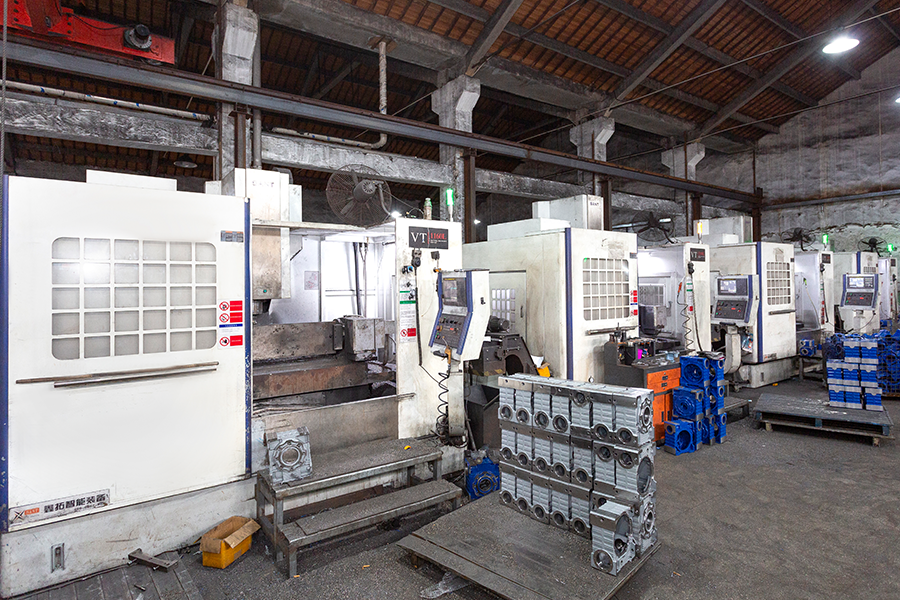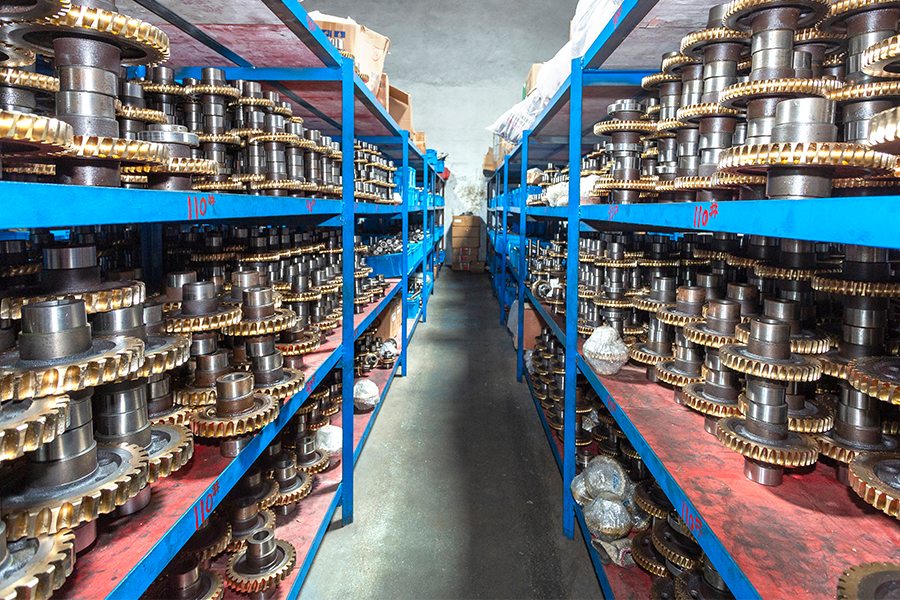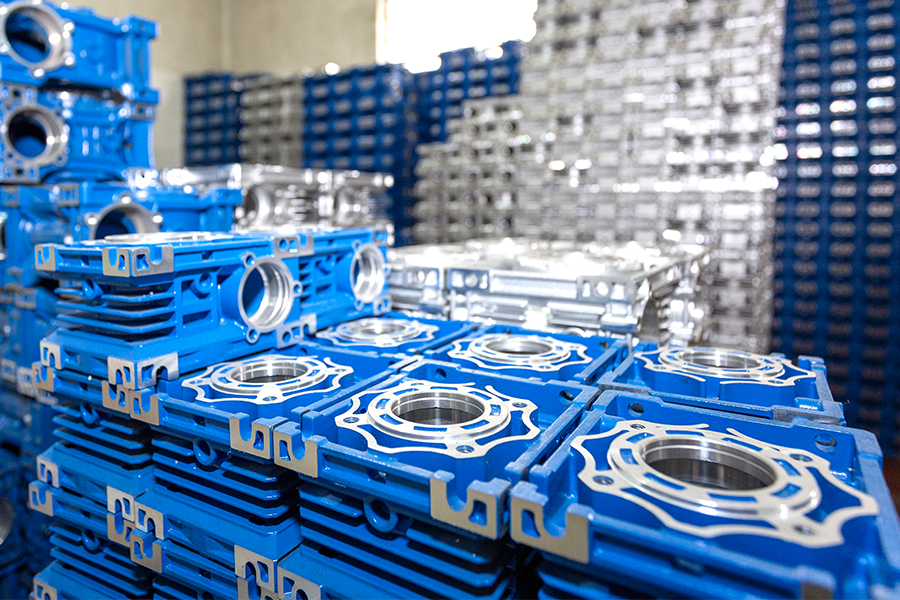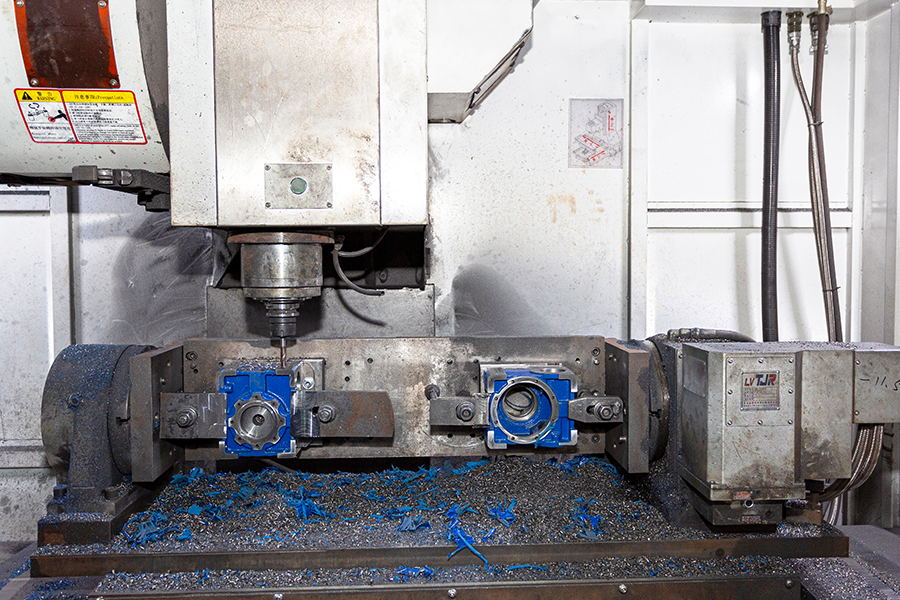-
 [email protected]
[email protected]
-
 +86-13605711675
+86-13605711675

1. Model and power range
- Models cover NMRV025 to NMRV150 series, with a wide power range from 0.04KW to 15KW. Some models such as NMRV050-7.5-750W, NMRV150-80-5.5KW support high power output. - Rated torque can reach 3500N.m (e.g. the permissible torque of NMRV150 model is 1782N.m).
2. Transmission ratio and speed
- The speed ratio range of a single machine is 7.5~100, and the total speed ratio can reach 5~10000 after multi-stage combination. - The input speed is usually 1400~1450rpm, and the output speed is adjusted according to the speed ratio (e.g. 140rpm).
3. Structural parameters
- The center distance covers 25~150mm, and the box material is divided into aluminum alloy (025-090 type) and cast iron (110-150 type). - Output forms include shaft output, flange output, bidirectional shaft output, etc. Input forms include shaft input, flange input, etc.
The NMRV series reducer is a classic representative of aluminum shell worm gear reducers, designed for small and medium power transmission needs, and occupies an important position in the industrial field with its lightweight, modular, high cost performance and wide adaptability. The "NM" in its name represents the square flange interface of the European standard, and the "RV" refers to the worm and wheel structure. The NMRV series has become the preferred solution for small and medium-sized transmission systems due to its economy and versatility, especially suitable for scenarios with limited space, sensitive budgets and the need for self-locking functions.
Typical application scenarios
1. Light industry automation:
- Packaging machinery (sealing machines, filling machines), food processing equipment (mixers, conveyor belts), printing machinery tension control.
2. Logistics and warehousing:
- Conveyor line roller drive, stacker lifting mechanism, sorting system steering device.
3. Environmental protection and energy:
- Water treatment valve control, solar tracking bracket adjustment, small wind turbine pitch system.
4. Special equipment:
- Stage lighting rotation mechanism, medical equipment (CT bed translation), agricultural irrigation equipment angle adjustment.
Protection level IP55/IP65 optional, resistant to dust, moisture and mild chemical corrosion environment.
- Operating temperature range -15℃~+90℃, special grease can be extended to -30℃~+120℃.
Flexible installation:
- Support 360° all-round installation (flange, foot, hollow shaft, etc.), the output shaft can be configured with keyway, spline or shrink disk connection.
- The input side is compatible with a variety of power sources such as three-phase asynchronous motors, servo motors, stepper motors, etc.
Easy maintenance:
- Maintenance-free design (some models are lubricated for life), or regular replacement of grease/lubricant (cycle is about 4000~8000 hours).
1. Precision manufacturing process
Worm processing: High-frequency heat treatment and fine grinding technology are used, and the carburized layer thickness is 0.3~0.5mm to ensure the hardness and wear resistance of the tooth surface.
Worm casting: Tin bronze material is centrifugally cast, combined with precision gear grinding technology to reduce meshing friction.
2. Quality control
High-precision detection: Using a three-dimensional coordinate measuring machine and gear testing equipment, the accuracy error of core parts is ≤0.005mm.
Imported components: German/Japanese bearings and synthetic lubricants are used to ensure stability in low temperature (-40℃) and high temperature (120℃) environments.
3. Assembly process
Modular design: The input and output shafts use preload adjustment technology to reduce transmission clearance and improve response speed.
Seal optimization: The double oil seal structure prevents oil leakage and adapts to harsh environments such as dust and humidity.
For exclusive deals and latest offers, sign up by entering your email address below.
Introduction In the field of mechanical engineering, worm gear speed reducers are essential components in many applications, ranging from industrial machinery to automotive systems. These devices provide efficient transmission of power while reducing the speed of rotating compone...
View MoreIntroduction Precision, stability, and controllability are becoming essential indicators in modern lifting and positioning systems. As industries move toward smarter and more efficient workflows, vertical motion control devices play an increasingly important role in manufacturing...
View MoreIn modern industrial applications, efficient and reliable power transmission is crucial for operational success. Worm gearboxes have become a staple component in many types of machinery due to their unique design and operational advantages. These compact devices are widely used a...
View MoreIn the field of industrial transmission, the sealing performance of the reducer is directly related to the operating stability and service life of the equipment, especially in the problem of lubricating oil leakage, which may cause equipment failure or production safety hazards if not carefully. As a key component in industrial mechanical transmission, the sealing structure design of the NMRV worm gear reducer has built a complete anti-leakage system through multi-dimensional technological innovation, and has demonstrated excellent performance in scenes with extremely high sealing requirements such as chemical industry, food, and new energy.
1. The core design logic and technical framework of the sealing structure
The sealing system of the NMRV worm gear speed reducer is not the application of a single technology, but a systematic design based on transmission principles, material properties and working conditions. Its core logic is: through the triple mechanism of "dynamic sealing enhancement + static sealing optimization + structural redundancy protection", multiple barriers are formed at the contact interface between the rotating parts and the fixed parts, the joint surface of the box body and other leak-prone locations. The formation of this design idea is not only due to Hangzhou Yinhang Reduction Gears Co., Ltd.'s more than 15 years of technical accumulation in the transmission field, but also due to its in-depth analysis of seal failure cases in different industrial scenarios - for example, in food production lines, lubricant leakage may lead to product contamination; in new energy equipment, leakage may affect the insulation performance of the motor. These practical needs have promoted the targeted optimization of the sealing structure.
From the technical framework, the sealing structure of the NMRV reducer is mainly divided into dynamic seals at the shaft extension, static seals at the joint surface of the housing, and auxiliary pressure relief and dustproof structures. Among them, the dynamic seal, as the isolation interface between the rotating parts and the outside world, is the key link in preventing leakage; the static seal ensures the tightness of the connection between the various parts of the housing; and auxiliary designs such as the pressure relief structure create a more stable operating environment for the sealing system by balancing the internal pressure and reducing the intrusion of impurities.
2. Dynamic seal: innovative application and technical details of the double oil seal structure
At the shaft extension of the NMRV reducer (such as the input shaft and output shaft), the double oil seal structure is the core technology to prevent lubricant leakage. This structure adopts a combination design of "main oil seal + auxiliary oil seal", which form a gradient protection in the axial direction to deal with different types of leakage risks.
The main oil seal is usually made of fluororubber (FKM) or nitrile rubber (NBR), which has excellent oil resistance and temperature resistance and can maintain elasticity in the temperature range of -40℃ to 120℃. Its lip is designed as a self-tightening structure with a spring. The preload of the spring makes the lip fit tightly to the shaft surface to form the first sealing barrier. It is worth noting that the contact area of the main oil seal lip of the NMRV reducer is not a plane, but a precisely calculated arc surface. This design can produce a pumping effect when the shaft rotates-when the lubricating oil moves to the edge of the oil seal due to centrifugal force, the pumping effect of the curved lip will push the oil back into the box, thereby reducing the amount of leakage. When selecting oil seals, imported products from Germany or Japan are specially introduced. The lip materials of these oil seals have a denser molecular structure and stronger aging resistance, and can maintain the stability of sealing performance even in long-term high-speed operation.
The secondary oil seal is installed on the outside of the main oil seal, forming a 5-10mm interval cavity with the main oil seal. The material of the secondary oil seal is usually the same as that of the main oil seal, but its structural design focuses more on dust prevention and external pollutant intrusion. This combination of "double oil seal + cavity" has dual advantages: on the one hand, the cavity can be filled with grease to form an intermediate sealing layer to further prevent oil spillage; on the other hand, when the main oil seal leaks slightly, the oil will first accumulate in the cavity instead of directly overflowing the box, which provides a buffer time for equipment maintenance and avoids failures caused by sudden leakage. Under the modular design concept, the double oil seal structure of the NMRV reducer can optimize the installation accuracy through preload adjustment technology - the input and output shafts will be accurately calibrated for axial clearance during assembly to ensure that the contact pressure between the oil seal lip and the shaft is evenly distributed, avoiding sealing failure caused by eccentricity or excessive clearance.
3. Static seal: Coordinated optimization of box structure and seals
In addition to dynamic seals, the static seal design of the NMRV reducer is also crucial. The housing is made of aluminum alloy, which is not only light and rust-proof, but also has good casting accuracy. High-precision molding of the housing joint surface can be achieved through high-pressure casting. In the processing of the housing, a CNC machining center is used for plane milling to control the flatness error of the joint surface within 0.02mm, laying the foundation for static sealing.
In the sealing treatment of the housing joint surface, the NMRV reducer adopts a composite sealing method of "sealant + sealing gasket". First, a layer of silicone sealant is evenly applied on the joint surface. This sealant has good fluidity and can fill the tiny pores at the microscopic level to form a continuous sealing film; secondly, a nitrile rubber sealing gasket is installed on the outside of the sealant. The thickness of the gasket is usually 0.5-1mm, and the grid pattern on its surface can increase the friction with the housing to prevent the gasket from shifting during the bolt tightening process. The tightening sequence and torque of the bolts are also key links in static sealing. The NMRV reducer adopts a diagonal step-by-step tightening method, which evenly applies the bolt torque to the specified value in 2-3 times (such as the tightening torque of the M8 bolt is controlled at 12-15N・m) to avoid deformation of the joint surface due to local stress concentration.
In addition, the removable parts of the NMRV reducer, such as the bearing end cover and the peephole cover, all use the same sealing treatment process as the joint surface of the housing. For example, the mating surface of the bearing end cover and the housing will be machined into an annular sealing groove, and an O-ring will be installed in the groove. The compression of the sealing ring is controlled at 15%-20%, which can ensure the sealing effect and prevent the sealing ring from failing due to overpressure. This all-round static sealing design enables the NMRV reducer to maintain the airtightness of the housing during long-term operation, and can effectively prevent lubricating oil from leaking from the static joint surface even in working conditions with frequent vibration (such as equipment on a conveyor belt).
4. Auxiliary sealing design: synergy of pressure balance and dustproof structure
In order to further improve the reliability of the sealing system, the NMRV reducer has also introduced a number of auxiliary sealing designs to reduce the risk of leakage from the dimensions of pressure control and impurity isolation.
In terms of pressure balance, a breathing valve (or vent cap) is provided on the top of the reducer housing, which is usually equipped with a filter and a one-way valve. When the pressure in the housing increases due to the increase in oil temperature, the breathing valve opens to discharge excess gas; when the temperature drops and negative pressure is formed inside, the one-way valve prevents the outside air from entering directly, but slowly inhales clean air through the filter to prevent dust and water vapor from entering the housing with the air flow. This pressure balance mechanism can prevent the oil seal from deforming or the static sealing surface from opening due to excessive internal pressure, especially in high temperature working conditions (such as glass and ceramic industries), the role of the breathing valve is more critical. The breathing valve of the reducer is specially designed, and its filter accuracy can reach 50μm, which can effectively prevent dust and ensure ventilation efficiency.
The dustproof structure is another focus of auxiliary sealing. On the outside of the double oil seal structure, NMRV reducers are usually equipped with oil slingers or dust rings. The oil slinger is installed on the shaft. The centrifugal force generated when the shaft rotates can throw out the oil droplets or impurities attached to the surface of the shaft to prevent them from approaching the oil seal; the dust ring is fixed on the housing, leaving a gap of 0.5-1mm between the shaft, forming a labyrinth structure. External dust, particles and other impurities will be blocked by inertia when passing through the gap, and it is difficult to enter the oil seal area. This dust-proof design is effective in scenes with a lot of dust, such as smart logistics and textiles. It can reduce the wear of impurities on the oil seal lip and extend the service life of the seal.
5. Material and process support: guarantee sealing performance from the source
The reason why the sealing structure of the NMRV reducer can achieve efficient leakage prevention is inseparable from the support of material technology and manufacturing process. In terms of material selection, in addition to the oil seal material mentioned above, the performance of the lubricant is also critical - synthetic lubricants are used, whose viscosity-temperature characteristics are better than mineral oils, and they can still maintain fluidity in low temperature environments, and are not easy to thin at high temperatures, thereby reducing the risk of leakage caused by changes in oil viscosity. In addition, synthetic lubricants have stronger oxidation resistance, which can reduce the formation of sludge and carbon deposits, and prevent these impurities from clogging the sealing gap.
In terms of manufacturing technology, the shaft surface treatment of the NMRV reducer is particularly critical. The surface roughness of the worm shaft and the output shaft is controlled below Ra0.8, and they are processed by high-frequency heat treatment and fine grinding technology. The thickness of the carburized layer reaches 0.3-0.5mm, which not only improves the hardness and wear resistance of the tooth surface, but also makes the shaft surface smoother and more closely fit with the oil seal lip. This precision manufacturing process ensures the microscopic sealing of the dynamic sealing interface, and even in high-speed rotation, it is difficult for the oil to seep out from the contact surface between the lip and the shaft. The testing laboratory of Hangzhou Yinhang Reduction Gears Co., Ltd. is equipped with high-precision instruments such as three-dimensional coordinate measuring machines and gear testing equipment. The precision error of core components can be controlled within ≤0.005mm. This strict quality control standard ensures the assembly accuracy of the sealing structure from the source.
The sealing structure design of the NMRV worm gear reducer is a multi-dimensional integration of material science, mechanical design and manufacturing technology. From the dynamic sealing enhancement of the double oil seal structure, to the static sealing optimization of the housing joint surface, to the auxiliary design of the breathing valve and dust ring, every link revolves around the core goal of "preventing lubricating oil leakage". With years of technical accumulation and innovation capabilities, Hangzhou Yinhang Reduction Gears Co., Ltd. has systematically integrated these technical elements to form a set of sealing solutions suitable for different industrial scenarios. This design not only solves the leakage problem in equipment operation, but also creates higher value for customers by reducing maintenance costs and extending service life, reflecting the importance of precision manufacturing in the field of industrial transmission.
